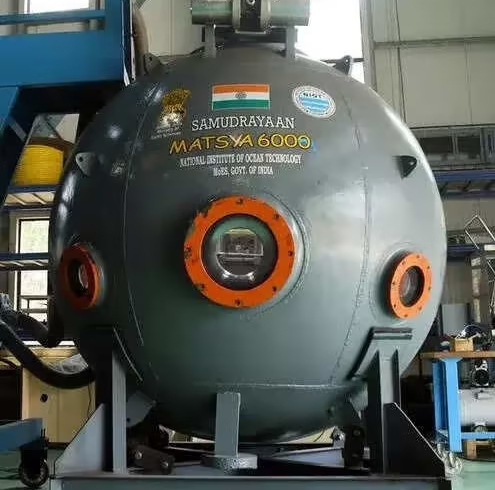India Achieves Milestone in Deep Ocean Exploration with MATSYA-6000
- July 24, 2025
- 0

The Indian Space Research Organisation (ISRO) has reached a significant milestone in India’s Deep Ocean Mission by successfully developing the personnel sphere for the MATSYA-6000 submersible. This achievement marks a pivotal step in advancing underwater exploration capabilities, as the vessel is designed to transport humans to depths of 6,000 meters. The development of this submersible is a testament to India’s growing expertise in deep-sea technology and exploration.
One of the major challenges faced during the development of the MATSYA-6000 was the welding of thick titanium plates. This process required extensive trials, with ISRO conducting 700 tests to perfect the technique. The successful completion of this task not only highlights ISRO’s technical prowess but also sets a new benchmark for future underwater missions. The ability to weld titanium effectively is crucial for ensuring the structural integrity and safety of the submersible at extreme ocean depths.
The successful development of the personnel sphere for MATSYA-6000 has far-reaching implications for underwater exploration and resource assessment. By enabling human access to previously unreachable ocean depths, this submersible opens up new possibilities for scientific research and resource discovery. The ability to explore deep-sea environments will enhance our understanding of marine ecosystems and potentially lead to the discovery of valuable resources. This advancement positions India as a key player in global deep-sea exploration efforts.
With the completion of this critical phase, ISRO is poised to make significant contributions to international oceanographic research. The MATSYA-6000 submersible represents a leap forward in technology that could inspire similar developments worldwide. As nations increasingly turn their attention to the oceans for sustainable resource management, India’s achievements in this domain underscore its commitment to innovation and scientific progress.